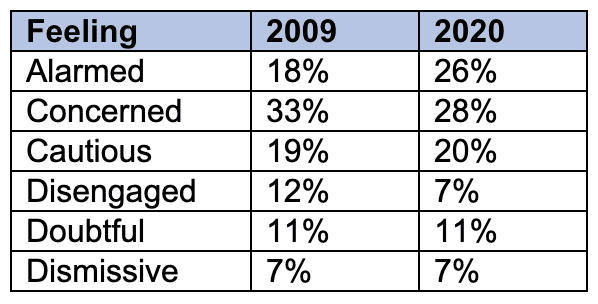Most people, especially older adults, care about the legacy they will leave their children and grandchildren. The closer we get to the end of life, the more we think about the contributions we have made. One important and simple way we can make a difference during our short time on earth is to leave behind a more resilient climate.
Since earth is the only planet we have, taking care of it is important. It’s why many people reduce, reuse and recycle. We want to do our part to leave the earth a better place than when we arrived.
The Merriam-Webster Dictionary defines “resilient” as “capable of withstanding shock without permanent deformation or rupture; tending to recover from or adjust easily to misfortune or change.”
Who wouldn’t want a resilient earth and resilient climate? What a legacy to leave!
A meteorologist’s perspective
As a former broadcast meteorologist, I was often asked about global warming and climate change. Although meteorology and climatology are not the same fields, they are both branches of atmospheric science.
A meteorologist focuses on short-term weather events (days and weeks), while a climatologist studies weather conditions over a long period of time (years and decades).
The meteorologist at a TV station tends to become the “station scientist” and reports on earthquakes, volcanoes, tsunamis, dust storms, and a variety of other topics that fall under the umbrella of science.
From the research I read and the frequency of the questions asked about our changing climate, it was clear that more people were interested in the topic and there’s a growing concern.
The Six Americas study
A study conducted by Climate Central in 2009, and again in 2020, produced results from “Six Americas” about how concerned people were over a warming earth. It revealed that more people in 2020 were alarmed, concerned, or cautious about climate change. Notice the 8% increase in those alarmed about the warming trend over 11 years.

The doubtful and dismissive group numbers remained the same, but some of the disengaged disengaged group became cautious or concerned. The largest jump was in those alarmed about our changing climate. (If you want to know which of the six groups you fall into, take this short quiz from Yale University.)
No matter which group you are in, building a resilient climate helps everyone, both now and in future generations.
Be a role model
There are many simple things older adults can do to teach our children and grandchildren to build a resilient climate while spending time together. Here are a few ideas to get you started:
- Plant a tree.
- Reduce your personal carbon footprint.
- Reduce, reuse, recycle (in that order).
- Conserve water and energy.
- Ride your bike instead of driving.
- Bring reusable shopping bags to the store.
- Choose non-toxic chemicals for your home.
- Pick up your trash when you leave the beach or park.
Leading by example is a powerful way to show younger generations you care about building a stronger earth, a better planet, and a more resilient climate.
Become educated about the science
Part of building resiliency is learning more about the science involved. A changing climate doesn’t cause a single weather event; however, a warmer planet can make an event worse (hotter heat waves) or more likely (stronger hurricanes).
Climate change should not be blamed for one blizzard or one major hurricane, but it can be a contributor to the severity or frequency of those events. There is an emerging field of climate science called Extreme Event Attribution (EEA). It’s fascinating and complicated and will eventually shed light on if there are specific connections between a warmer planet and extreme weather events.
Leave a legacy
Psychologist Erik Erickson theorized that people over the age of 50 are best suited for promoting the wellbeing of society. He believed it was in the later stage of life that our desire and capability of serving humanity are at their highest, when we are least distracted by ego and individual issues. After 50 is when we are more concerned with making our mark on the world by nurturing or creating things that make a difference after we’re gone.
Saving the earth is not only important, it’s also possible. Our children and grandchildren are counting on us to leave them a more resilient climate as a legacy that lasts more than a lifetime.
Read the most recent research from the Intergovernmental Panel on Climate Change on the current state of the world climate.














